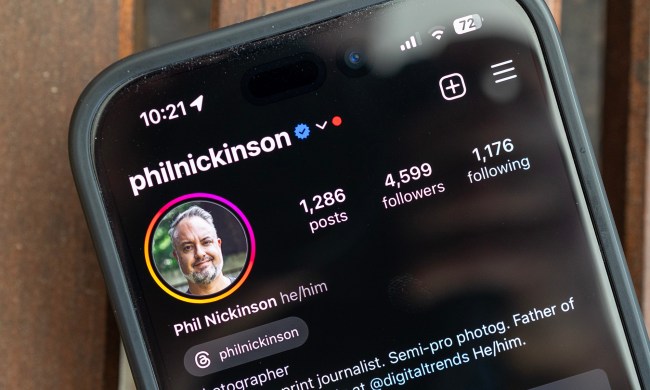
Facebook has been promising a lot of new features – from Graph Search to the new timeline – and we’re getting tired of waiting for all the goodness to roll out to everyone. A lot of people have been getting access to Graph Search, but not everyone knows exactly how it works. Those that do know – like G-Squared Interactive’s Glenn Gabe – have uncovered something quite useful: Facebook has apparently been handing off keyword data within their own referral strings.
What does it all mean? First, a little history: In October 2011, Google announced that it would be increasing efforts in making searches more secure, and because of this, the keywords that were searched by users would not be passed in the referrer when they visited your website – meaning, you won’t get credit for it when you check out your analytics. Many have been experiencing problems because of this.

Anybody handy with Google Analytics knows that Facebook isn’t exactly considered a search engine, and if you tried tracking Graph Searches as is in your analytics account, it will still show up as a referring site sans the keyword. However, thanks to Gabe’s observation, there’s a way you can set up a new profile to add a filter that will log Facebook Graph Searches – and should Graph Search reach the heights Facebook intends it to, then site owners out there should be thrilled about the fact they can track this traffic. You can follow Gabe’s step-by-step procedure to set up a filter to track this data here.


